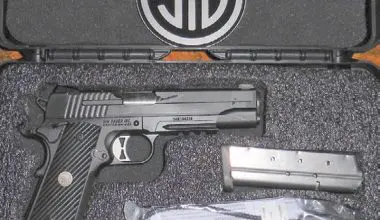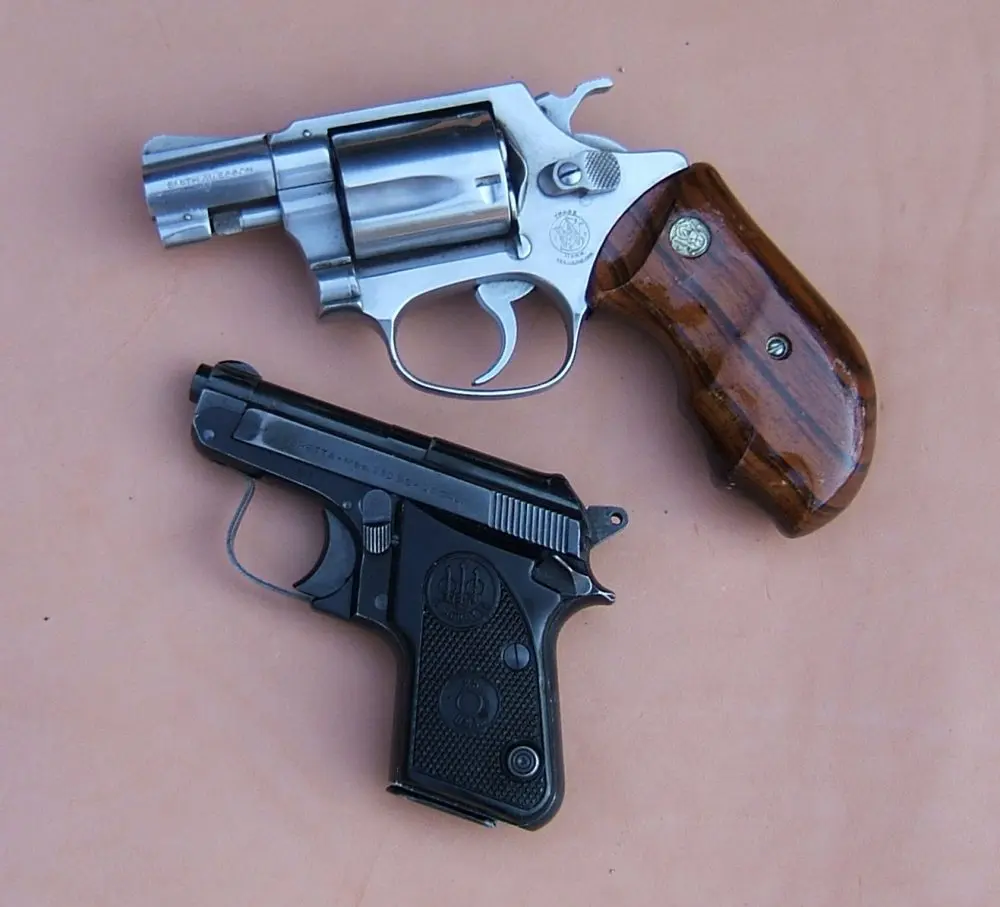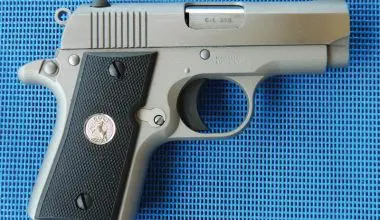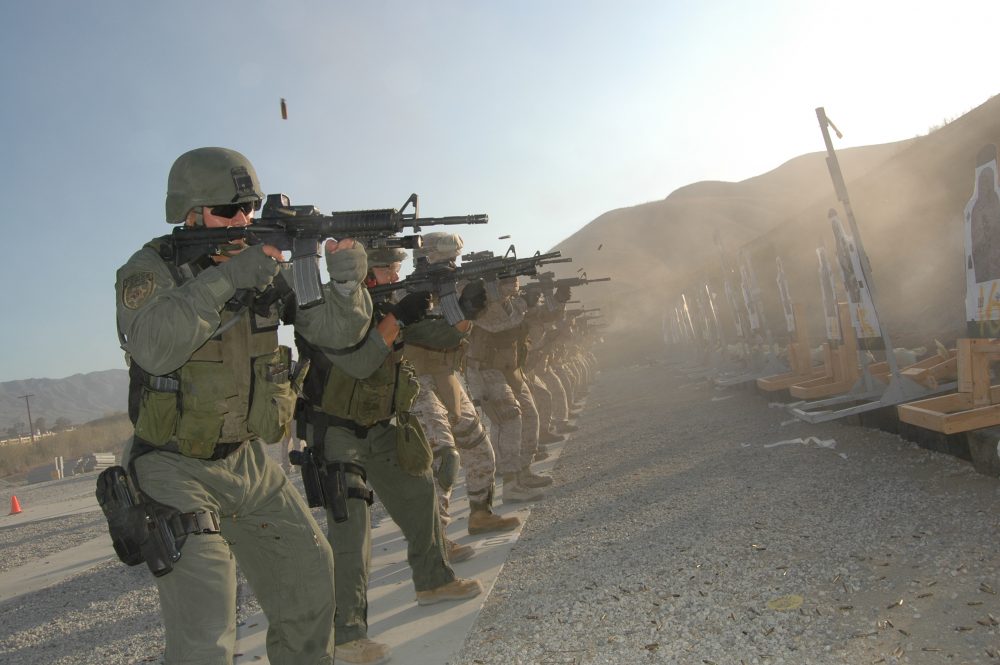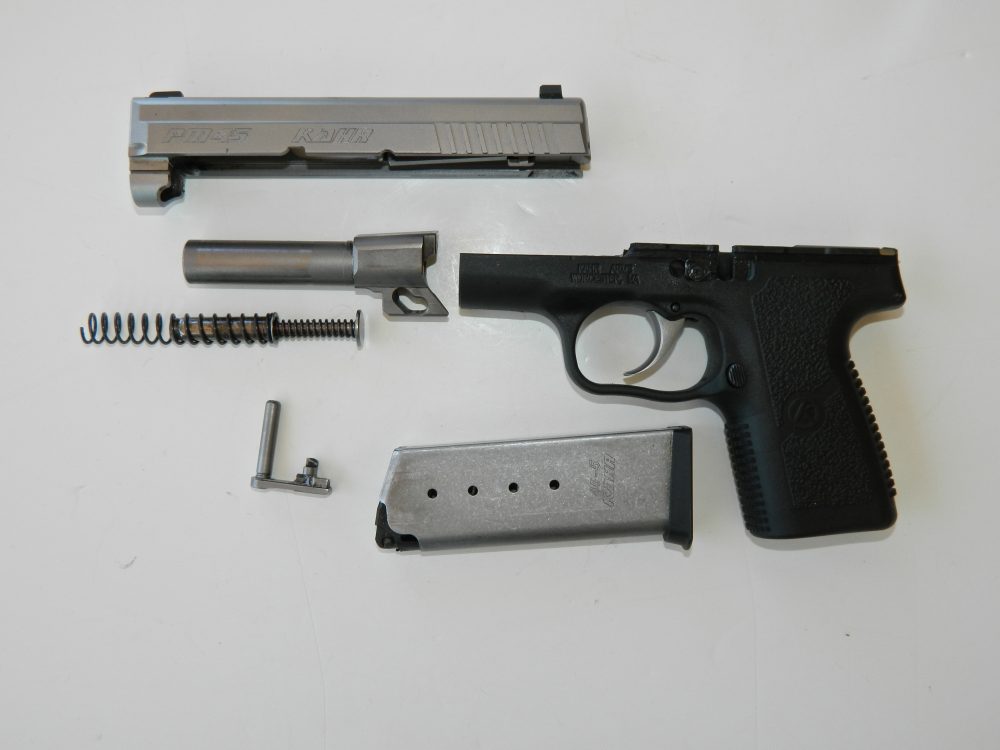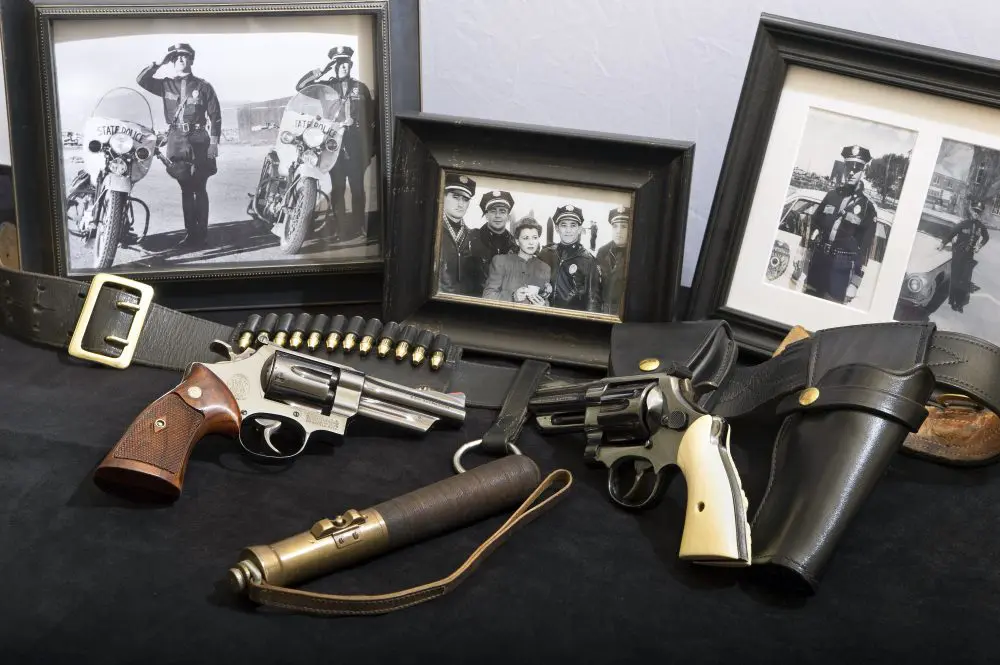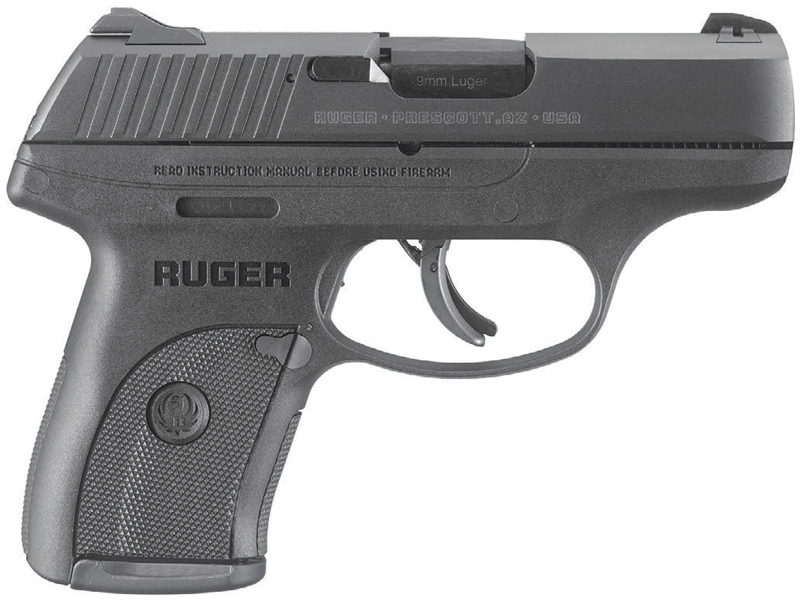
If market trends are any indication, fewer and fewer people are carrying full-size pistols, opting instead for compact and sub-compact handguns.
At the 2011 SHOT Show, Sturm, Ruger & Co. released the LC9™—a compact recoil-operated, locked-breech doubleaction- only 9mm semiautomatic pistol. The Ruger LC9 was chosen as the Shooting Industry Academy of Excellence’s Handgun of the Year.
Like most double-action-only pistols, the trigger pull was smooth, but relatively heavy at around 6.5 to 7.5 pounds.
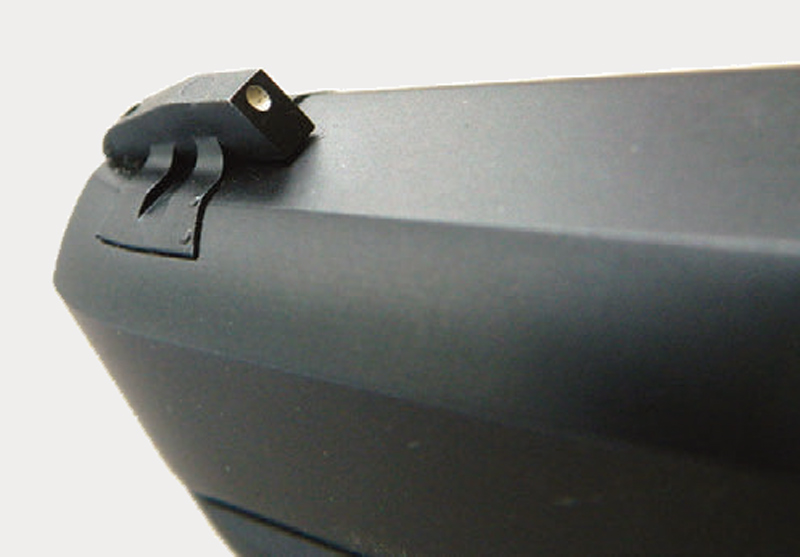
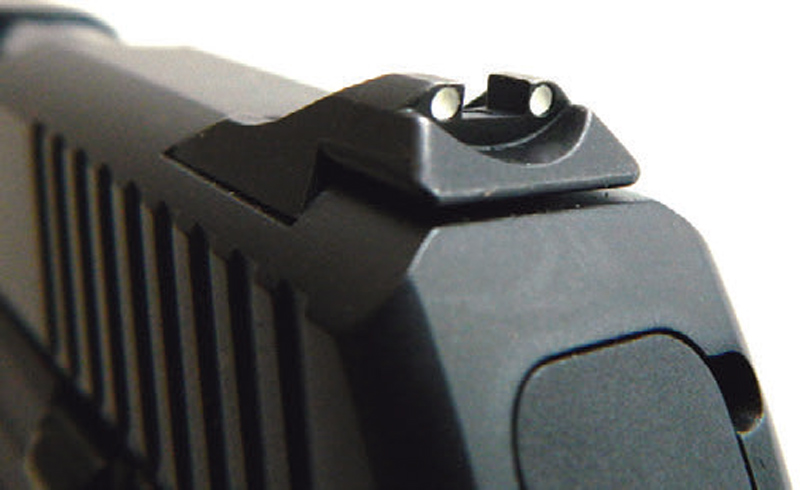
LC9s
In July 2014, Ruger released the LC9s™, a striker-fired version of the LC9, for shooters who prefer the crisper, shorter pull of striker-fired pistols. The LC9s works with the same holsters, extended magazines, and lasers as the LC9.
As Henry Ford said about his Model T, the LC9s is available in any color as long as it’s black. Technically the hardened alloy steel slide is blued, but it has a black satin finish. The black glass-filled frame has molded-in checkering on the lower two thirds of the sides, front strap, and back strap.
With an overall length of six inches, height of 4.5 inches, and width of .90 inch, the LC9s is roughly an inch longer, an inch higher and only .08 inch wider than the popular Ruger LCP .380 pistol. Unloaded, the LC9s tips the scales at 17.2 ounces. Barrel length is 3.1 inches.
The front of the slide is rounded and blends in perfectly with the flats of the slide. Aggressive grasping serrations are located at the rear of the slide. Sights are of the three-dot type. The rear sight is adjustable for windage.
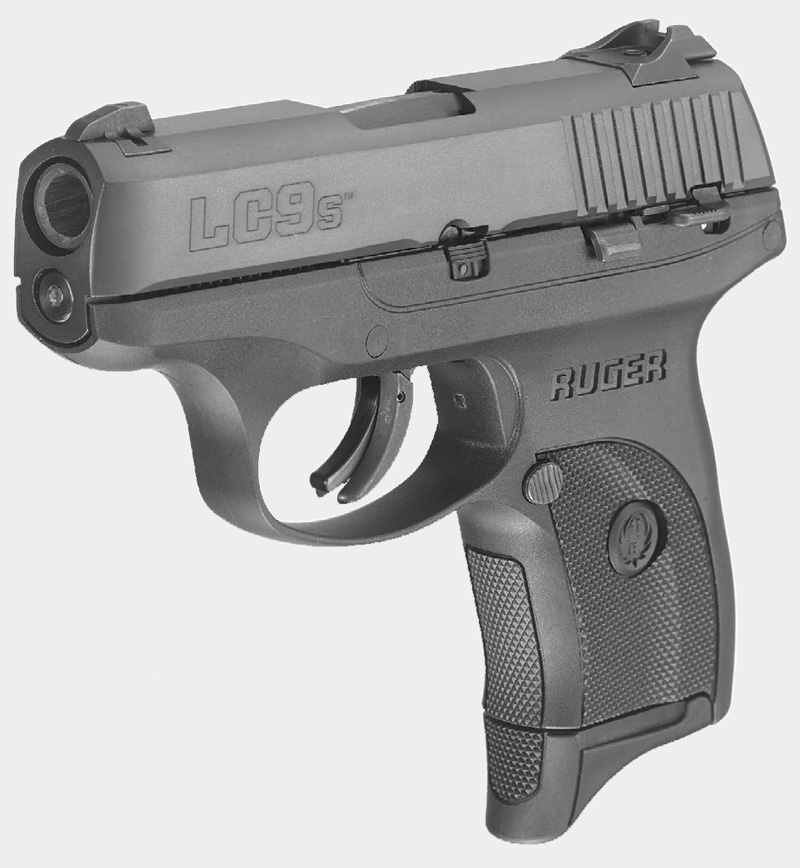
The LC9s ships with a single seven-round magazine with a flat floorplate and grip extension floorplate, the front of which is checkered and matches up nicely with the checkering on the front strap. Nine-round magazines are available from Ruger. The magazine release button fits low against the frame and, while very reachable, it would be hard to depress accidentally.
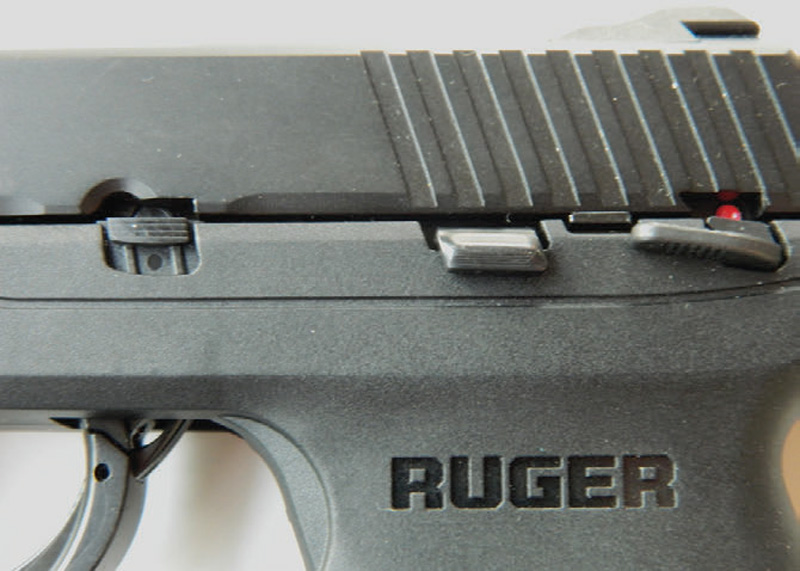
Safeties include an internal striker blocker, trigger safety, frame-mounted safety, magazine disconnect, and “loaded chamber viewport.”
The LC9s comes with a zippered soft case, cable locking device, manual, and plastic orange safety magazine to be used during disassembly.
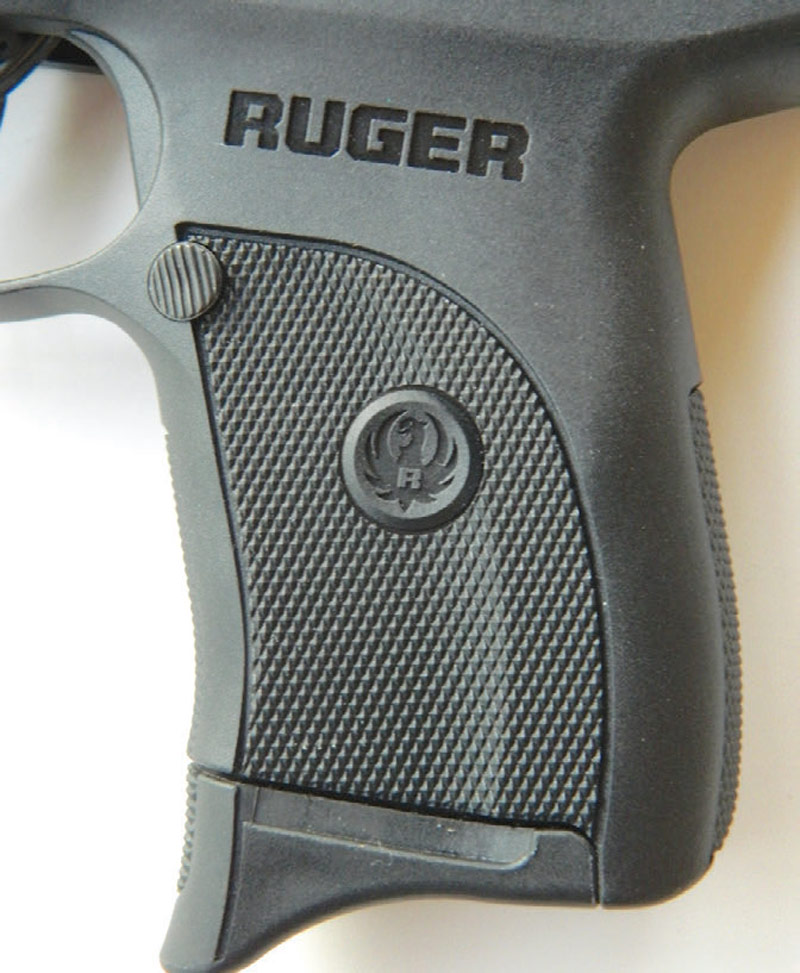
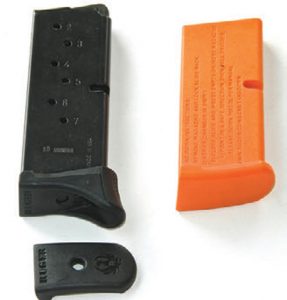
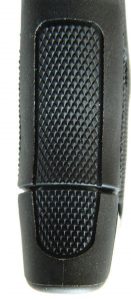
Table of Contents
ON THE RANGE
The first thing I noticed was that the pistol had a very good trigger. It exhibited a short take-up followed by a crisp, clean break with no overtravel.
I was actually surprised at how light the trigger pull is and used an RCBS trigger gauge to measure it. The trigger broke consistently at four and a half pounds.
To evaluate how the LC9s would handle different types of ammunition, I took 13 different loads from seven manufacturers and a handload with me to the range. Taking top honors in terms of velocity was the Liberty 50-grain JHP +P, moving out at 1,927.6 feet-per-second (fps). That’s flat out screaming considering it’s coming from a barrel that’s only 3.1 inches long. The slowest load evaluated was Federal 147-grain Hydra-Shok at 872.6 fps.
During this part of the test, the slide would rarely lock to the rear and the magazine did not always fall free.
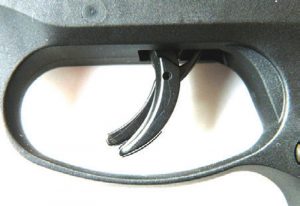
After chronographing was finished, most shooting was performed from near-contact distance to 15 yards drawing from a pocket holster. Drills included shooting while moving off the line of attack, failure drills, box drills, and shooting from retention. Since the pistol only came with a single magazine, I did not perform any reload drills.
The shorter the barrel, the less movement it takes to change the point of impact in any direction. I’m used to longer handguns and, as a result, my shots from retention were higher and more to the left than normal. But shots in all drills were kept within a center-of-mass eight-inch circle.
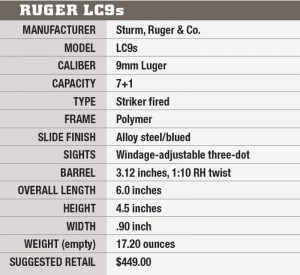
In my hands, accuracy started to fall off at about 20 yards, resulting in what looked more like a pattern from a smoothbore shotgun rather than a group from a rifled pistol barrel.
Felt recoil is never an issue with a 9mm, but due to its small size and weight, I thought the LC9s would recoil more than it did. In fact, it was only barely noticeable with the Double Tap 124-grain JHP +P.
DRUTHERS
Personally, I don’t care for magazine disconnectors. If there is a round in the chamber, I want the option of firing it with or without a magazine inserted. With that said, I can live with it.
The “loaded chamber viewport” at the rear of the barrel hood is necessarily very small. A chambered round can only be seen under ideal conditions, probably making a press check more useful. In my judgment, the loaded chamber indicator on the LC9, which can be checked both tactilely and visually, is superior. I’d like to see it incorporated into the LC9s.
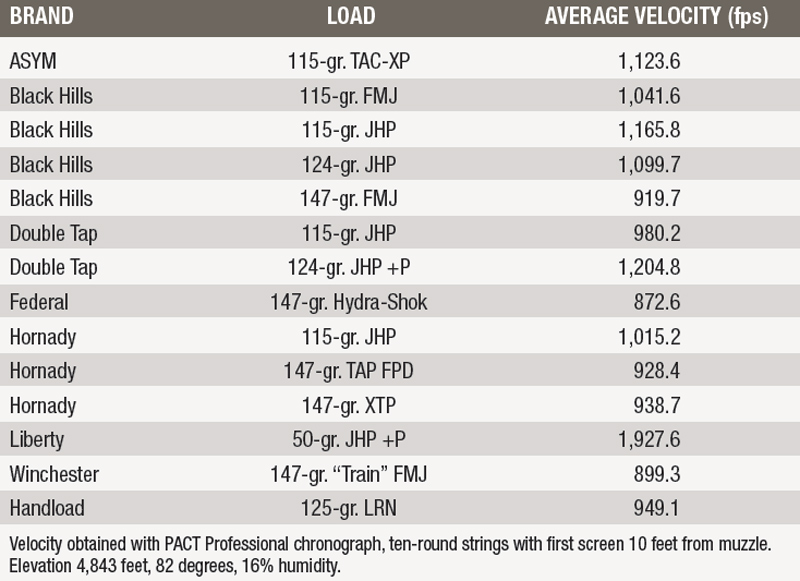
SUMMARY
Some popular .380 pistols are actually larger than the LC9s. The Glock 42, for example, is about the same length but is higher, wider, and has a six-round magazine capacity. The LC9s is smaller overall, chambered in a more effective caliber, and has a seven-round mag.
Ruger’s LC9s is the epitome of the old adage “Less is more.”
